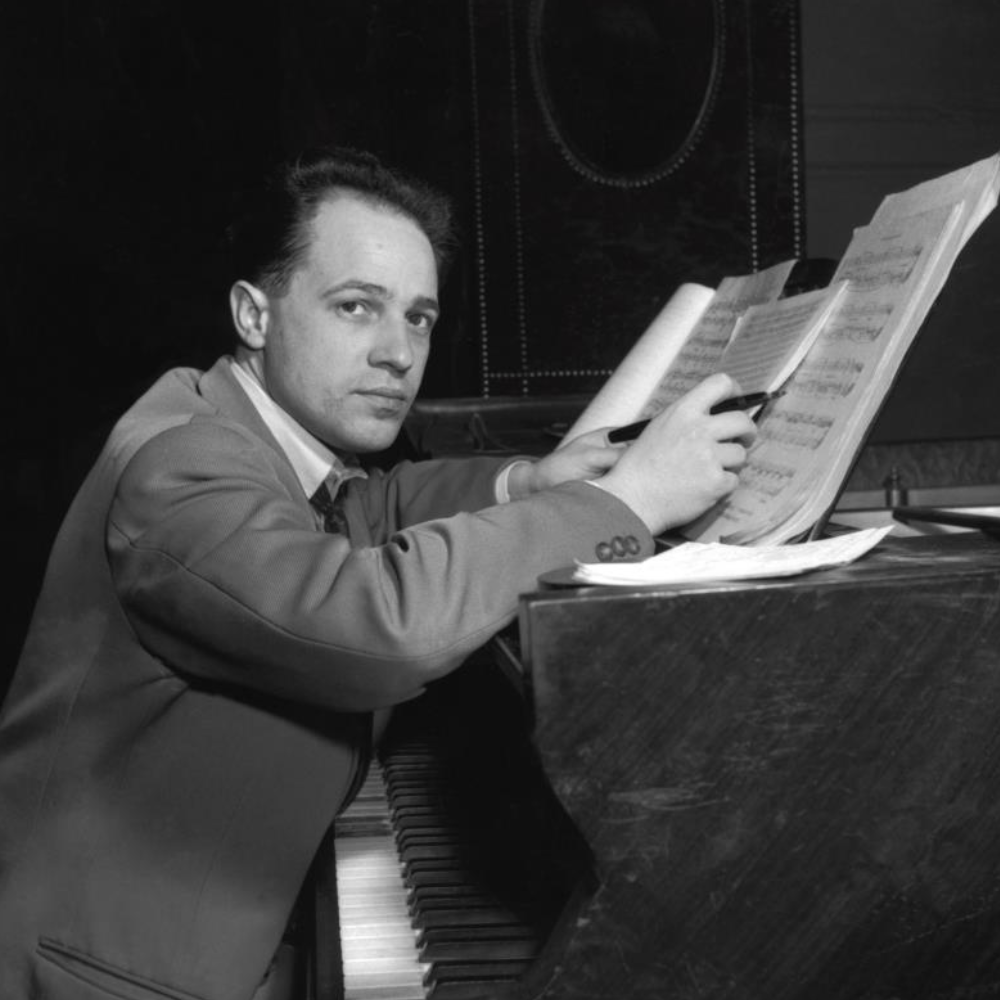My first brush with the works of Pierre Boulez came in the mid-80's, when I was asked by my former teacher and revered Melbourne percussionist Barry Quinn to take part in what would be the Australian premiere of Le Marteau Sans Maitre - Boulez's breakthrough work from 1955. Barry had frequently worked under Boulez with the BBC Symphony during his time in London in the 60's, a period when they were championing contemporary music. The 80's was a different time for new music in Melbourne, with the "style wars" well underway; the so-called "New Romantics" tilting swords at the so-called "New-Complexists". The Boulez work came with a reputation, with reports of the Viennese premiere requiring dozens of rehearsals. It is one of the cornerstones of the repertoire of the twentieth century and - for a young percussionist, recently graduated from my VCA studies - the difficulty of the part was certainly confronting. But after months of preparation, the performance is still etched in my memory and remains a true career highlight, especially given its significance as the premiere in this country, some 30 years after its world premiere.
Boulez himself describes it thus: "I have emphasised the different sound character of the instruments by positioning them in a characteristic way. Thus, you can see what you hear."

Pierre Boulez working at the Théâtre Marigny in Paris, 1953 © Daniel Frasnay
Photo taken from pierreboulez.org
A personal reflection on Le Marteau sans Maitre by ANAM supporter Jeannie Marsh, who sang in the Australian premiere performance mentioned
The conductor was Michel Swierczewski, who had worked closely with Boulez, and was visiting Melbourne in order to conduct the work. I remember him as being extremely well prepared, clear, calm, and efficient. He was also extremely enthusiastic about the music, conveying to us in his conducting and his words his deep understanding of the phrasing, colour, expressive world, and overall flow of the piece. I remember finding this incredibly useful, as it had been a long, lonely, difficult road learning the score on my own, and it was only when we started rehearsing with him that I started to understand how to engage expressively with this challenging musical language. I can't imagine performing this piece successfully without such a wonderful conductor helping me find ways into the complexity and sound-world of the piece, and ways to express the vocal line within the many challenges it presented.
As a young singer in my late 20s, I had already found my natural musical home in 20th-century vocal music, and I had been specialising enthusiastically in this field for some years. I had already performed Pierrot Lunaire by Arnold Schönberg, Circles and Sequenza 3 by Luciano Berio, works by Michael Finnissy, and many new Australian works. As my career went on, I continued this specialisation, singing (and memorising, in the case of music-theatre and opera) many complex, virtuosic and challenging scores in many styles. However, Le Marteau sans Maitre remains the most challenging piece I've ever learnt and performed. For singers without perfect pitch (that's the vast majority of singers), the pitching in this piece, plus the rhythmic complexity, lead me to classify this as the singer's equivalent of an "extreme sport"! Perhaps if I'd returned to it later as a more mature and experienced singer I might have found it less terrifying, but this opportunity did not come up, so I'll never know...
Having the privilege of rehearsing and performing this work with an ensemble of extraordinary, virtuosic instrumentalists, and an inspiring conductor, made this an unforgettable experience.
Words by Peter Neville, Faculty, Head Of Percussion (supported By Kerry Landman) and ANAM supporter Jeannie Marsh.
You can hear the remarkable Sur Incises as part of our celebration of 100 years since the birth of Pierre Boulez on 11 April.
BOULEZ RULES!
Friday 11 Apr 2025, 6pm, 8pm, 10pm
Venue Rosina Auditorium, Abbotsford Convent
Tickets A Little Extra $60 Standard $40 A Little Less $20